Buckle up for a wild ride as inflation goes viral
What is most to blame for inflation: Vladimir Putin, supply bottlenecks or greedy corporations? None of them, actually.
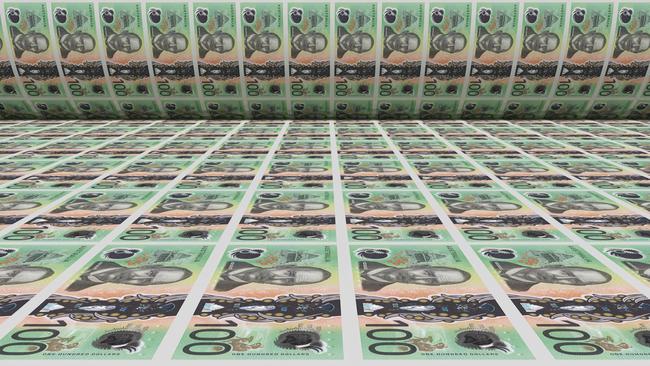
None of them, actually. Politicians will never concede it, preferring to blame factors outside their control, but the cause of this latest bout of inflation is our response to Covid-19: lockdowns that compelled governments to flood their economies with trillions of dollars in newly created money.
Corporations are no greedier than they were two years ago. Prices were rising before Russia’s invasion of Ukraine. And so-called supply bottlenecks – an attempt to palm off blame to the private sector – can’t explain why rents or services, which have little to do with international trade, are rising at the fastest pace in decades.
Prices are rising everywhere, regardless of what side of politics is in power. And the reason is too much money chasing too few goods and services.
In the US, where inflation has reached 8.9 per cent, the highest level in more than 40 years, President Joe Biden, an easy target given the Democrats’ policies, is being blamed. But it’s not his fault.
The Trump administration injected far more new money into the economy as a result of multi-trillion-dollar Covid relief stimulus payments financed by newly created money courtesy of the Federal Reserve.
German producer prices rose 31 per cent across the year to March, the fastest since records began. In Britain inflation reached 7 per cent last month; it’s almost 10 per cent in Spain. Australia’s inflation rate has surpassed 5 per cent across the year to March, the highest level in more than 20 years.
The US offers the starkest illustration of the link between sudden outsized money growth and consumer prices. In the five years before February 2020, the last month before the world lost its mind, the broadest measure of the money supply – cash in circulation plus bank deposits – had grown steadily from $US12 trillion to $US15 trillion. Then, in two years, it exploded to $US22 trillion – an almost 50 per cent increase and the fastest rate of growth since World War II, and probably ever.
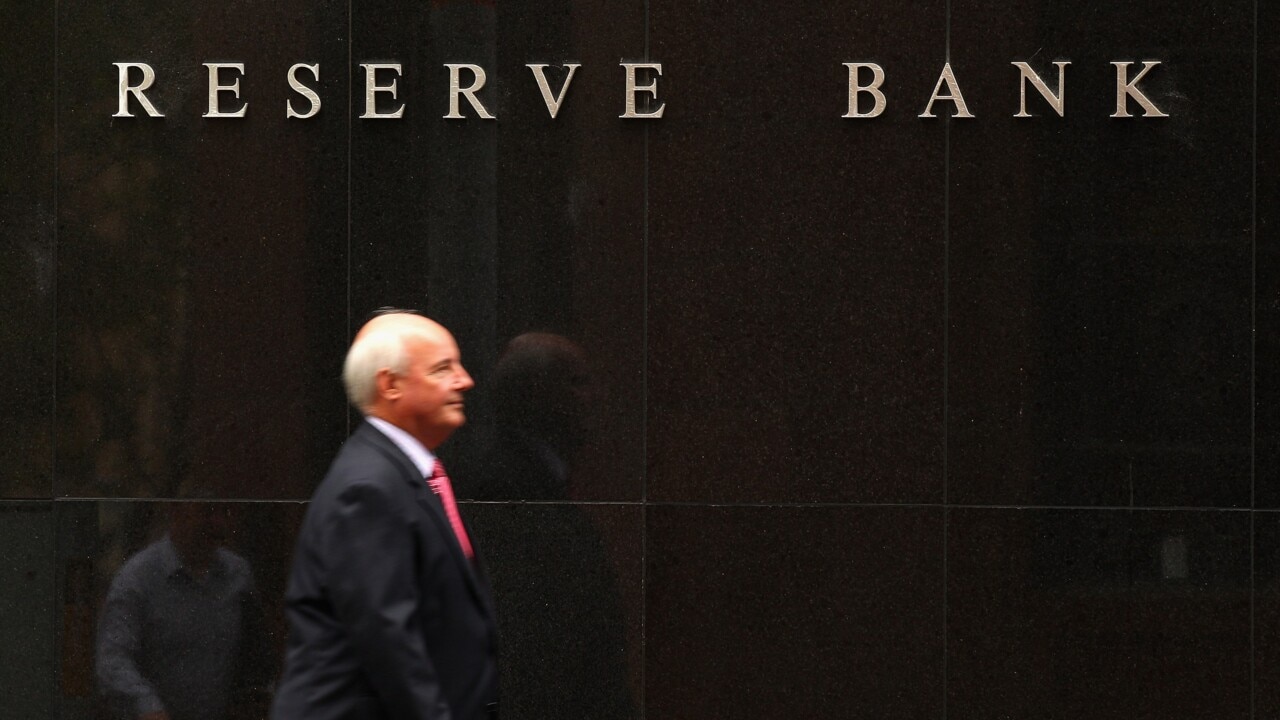
Huge government deficits to prop up economies that had been throttled by mandates could be sustained only by resorting to money printing, a shorthand for describing central banks crediting commercial banks’ accounts so they could afford to buy the government’s freshly created bonds.
There’s always a significant lag between the creation of new money and its reflection in prices. But if hundreds of years of economic theory mean anything, brace yourself for high inflation. The price surge shouldn’t be so dramatic in Australia, where the money supply has swollen by about 22 per cent since the pandemic, about half the rate as it has in the US, but it will still hurt.
Inflation doesn’t matter much for highly paid corporate types or politicians, judges and bureaucrats, whose pay is indexed automatically to the consumer price index. But for ordinary workers it matters a lot. As is already clear, wages are not keeping up with inflation, foreshadowing a big pay cut for most of us in the next two years. Those years of stagnant real wage gains we complained about are about to look like a golden era in hindsight.
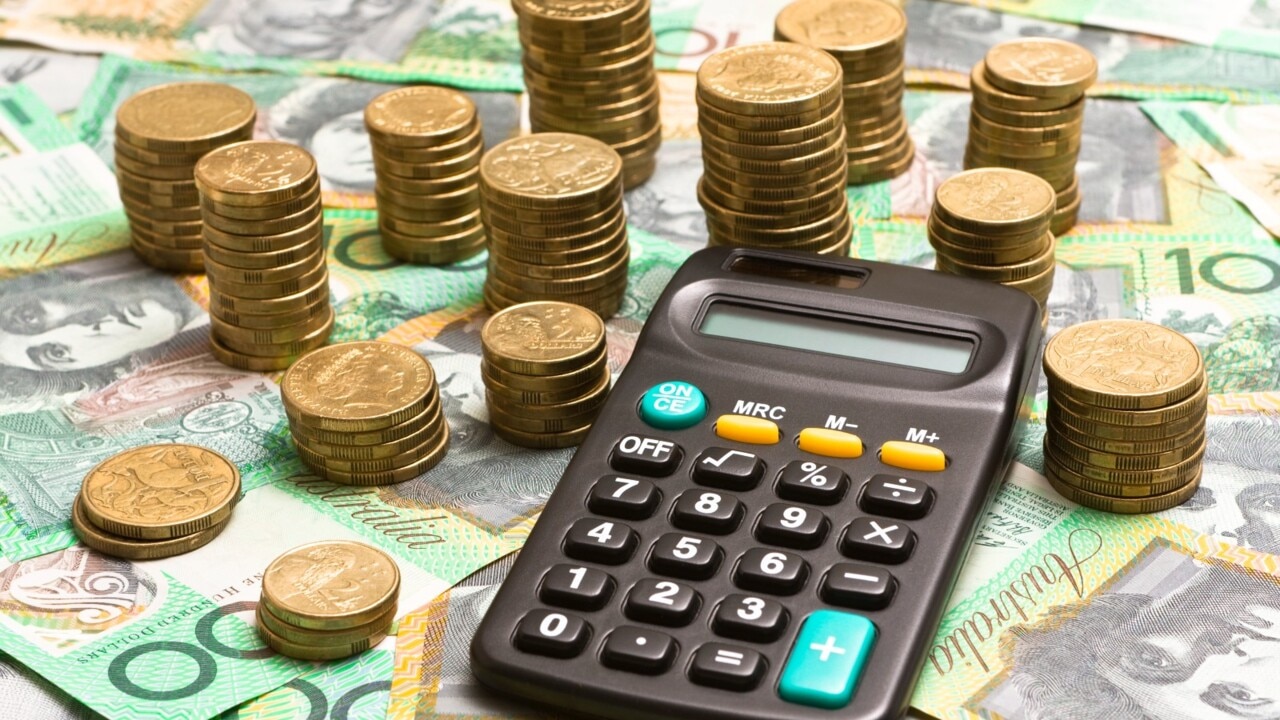
Inflation typically begets terrible public policy as governments, feeling the heat and too proud to admit their role, flail around trying to blame others, often introducing harebrained regulations to control prices.
Central banks have a difficult choice too: do nothing and lose credibility as inflation becomes entrenched, or jack up interest rates and potentially engineer a recession and financial collapse. So far it seems loss of credibility is the more attractive option. For all the talk about keeping inflation on target, interest rates have moved very little from politically favoured rock-bottom levels.
Take the US. For years, economists have touted the Taylor rule, a rough guide of where the official interest rate should be to reduce inflation to a target, given the prevailing level of economic growth and inflation. If the Federal Reserve were serious about getting inflation back to 2 per cent – its target – the federal funds rate, our equivalent to the cash rate, should be more than 8 per cent now, according to the Federal Reserve Bank of Atlanta’s online Taylor rule calculator. It’s 0.5 per cent – hardly a handbrake on inflation. The imminent increase of 0.5 percentage points, pencilled in for early next month, for all the hype, won’t make a scrap of difference.
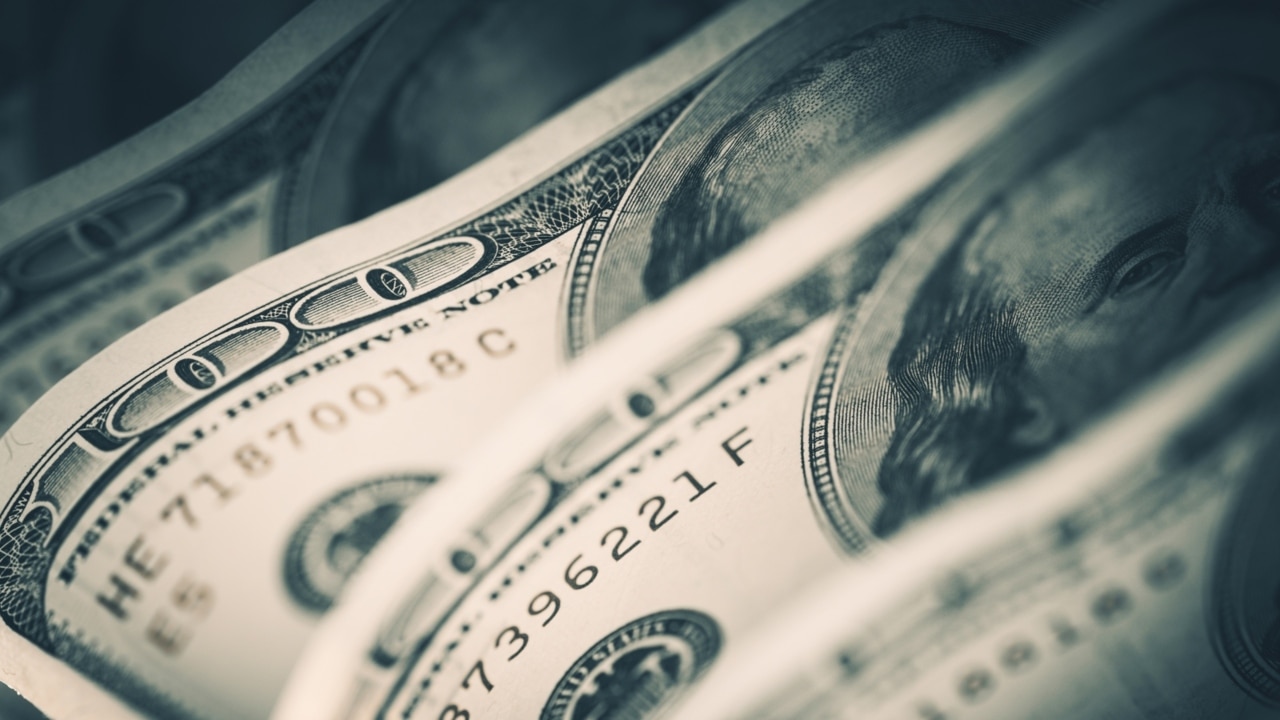
Jacking up interest rates quickly, by a lot, is more courageous than it once was. In two years from January 1972, the US official cash rate shot up from 3 per cent to 9 per cent. In the second half of 1980 it went from 9 per cent to 18 per cent. But back then debt levels were a tiny fraction of their current level. Such increases today would cause chaos and likely lead to the swift loss of central banks’ independence.
In fact, the lowest hanging fruit for cutting inflation is not interest rates but sane fiscal policy: less wasteful spending financed by money creation.
When the history books are written 50 years from now, this latest inflationary burst won’t be pinned on Russia’s invasion of Ukraine, or trade wars between oil importing and oil exporting nations, but rather on the world’s hysterical reaction to a new virus.
Generations in the distant future may thank us for providing this lesson on how not to respond to new diseases, especially relatively mild ones such as Covid-19. Our generations may wish we’d learned earlier, given the economic hazards on the horizon.



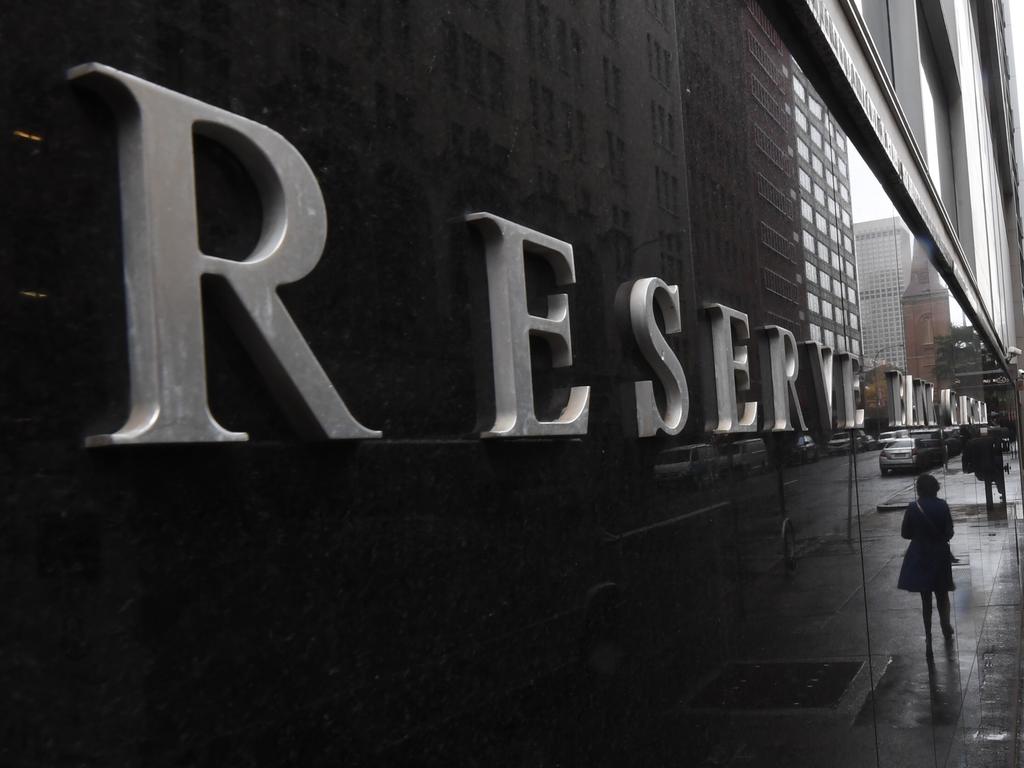




What is most to blame for inflation: Vladimir Putin, supply bottlenecks or greedy corporations?